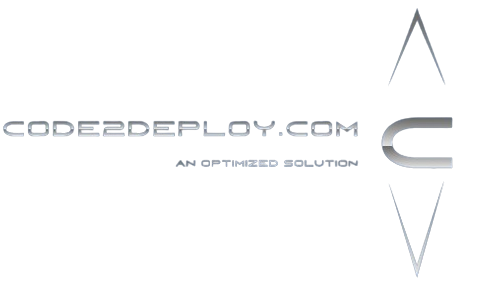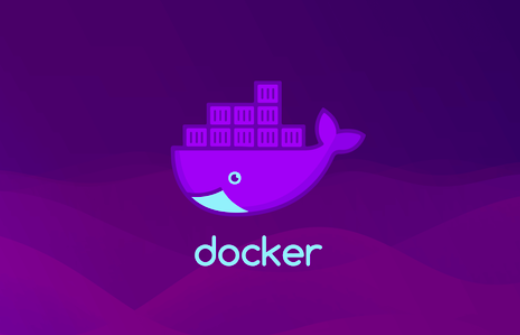Terraform is an open-source infrastructure as code (IaC) tool developed by HashiCorp. It enables users to define and provision infrastructure resources using a declarative configuration language. Here’s an overview of Terraform along with its details and use cases:
Details of Terraform:
- Declarative Configuration Language: Terraform uses a declarative configuration language, known as HashiCorp Configuration Language (HCL), to define infrastructure resources and their configurations. HCL allows users to express infrastructure as code in a clear and concise manner, making it easy to understand and maintain.
- Resource Providers: Terraform supports a wide range of cloud service providers, including AWS, Azure, Google Cloud Platform (GCP), and others, as well as on-premises infrastructure providers. Each provider offers a set of resource types that can be provisioned and managed using Terraform.
- State Management: Terraform maintains a state file that keeps track of the current state of the infrastructure managed by Terraform. This state file is used to reconcile the desired state defined in the configuration with the actual state of the infrastructure during operations such as apply, destroy, and plan.
- Execution Plans: Terraform generates execution plans that show the actions it will take to reach the desired state defined in the configuration. This allows users to preview changes before applying them, helping to prevent unintended modifications to infrastructure resources.
- Modularization and Reusability: Terraform configurations can be organized into modules, which are reusable units of configuration that encapsulate a set of resources and their configurations. Modules allow users to abstract away complexity, promote code reuse, and maintain consistency across infrastructure deployments.
- Integration with Other Tools: Terraform can be integrated with other tools and services commonly used in the DevOps toolchain, such as version control systems (e.g., Git), continuous integration servers (e.g., Jenkins), and configuration management tools (e.g., Ansible). This enables automated workflows and seamless integration with existing processes.
Use Cases of Terraform:
- Infrastructure Provisioning: Terraform is commonly used for provisioning infrastructure resources such as virtual machines, networks, storage, databases, and other cloud services. It provides a unified way to define and manage infrastructure across multiple cloud providers and environments.
- Application Deployment: Terraform can be used to automate the deployment of applications by defining the required infrastructure resources and their configurations in Terraform configurations. This ensures consistent and repeatable deployments, reducing the risk of errors and increasing deployment velocity.
- Environment Management: Terraform can manage different environments such as development, staging, and production, allowing users to maintain consistent infrastructure configurations across environments. This facilitates testing, validation, and promotion of changes through different stages of the software development lifecycle.
- Scaling and Auto-Scaling: Terraform enables automated scaling of infrastructure resources based on demand, allowing users to dynamically adjust resource capacity to handle changes in workload or traffic. This helps optimize resource utilization and maintain application performance and availability.
- Disaster Recovery: Terraform can be used to define and provision disaster recovery (DR) infrastructure, such as backup environments and replication configurations, to ensure business continuity in the event of a disaster or outage.
- Compliance and Governance: Terraform configurations can be used to enforce compliance policies and governance requirements by codifying security controls, access permissions, and other regulatory requirements. This helps organizations maintain compliance and mitigate security risks across their infrastructure deployments.
In summary, Terraform is a versatile infrastructure as code tool that enables users to define, provision, and manage infrastructure resources in a consistent, repeatable, and automated manner. Its declarative configuration language, support for multiple cloud providers, state management capabilities, and integration with other tools make it well-suited for a wide range of use cases in modern IT and DevOps workflows.



